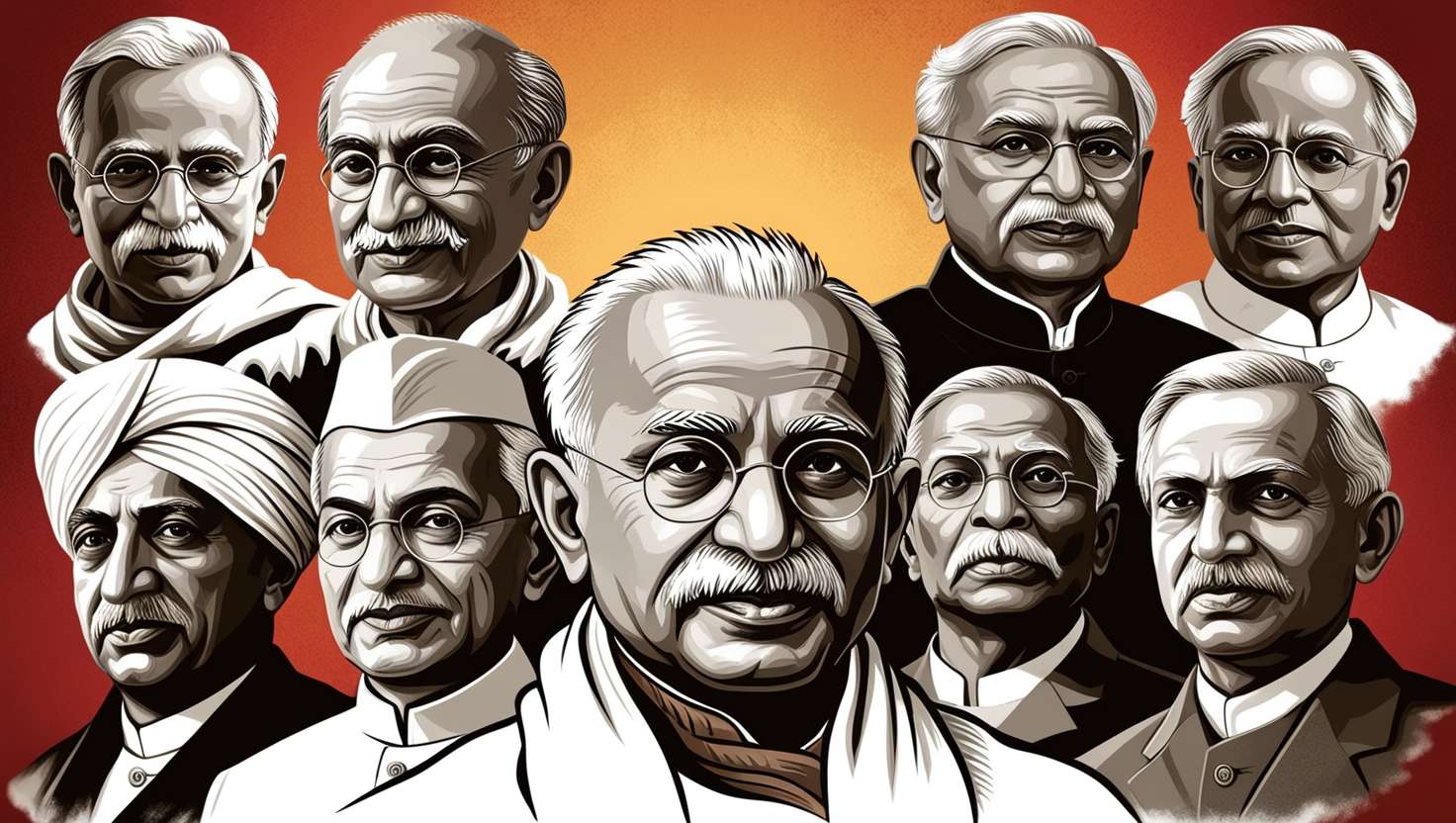The Silk Road: A Journey Through Time 🌍✨
The Silk Road represents one of the most extraordinary trade networks in human history. Spanning from China to the Mediterranean, this vast web of trade routes facilitated not just the exchange of goods, but also the flow of ideas, culture, and technology. The story of Silk Road history is rich and varied, filled with adventures and discoveries. Let’s explore this remarkable journey! 🚀
What Was the Silk Road?
The Silk Road was not merely a single road, but a complex system of trade routes that connected various civilizations across continents. Established during the Han Dynasty around 130 BCE, it served as a major conduit for the exchange of silk, spices, textiles, and numerous other commodities.
Silk became the hallmark of this route, prized for its beauty and softness. The journey of silk began in the heart of China, where skilled artisans created exquisite fabrics that would later captivate the world. As merchants traveled along the routes, they introduced not only silk but also a wealth of other goods.
SEE ALSO : Unforgettable Diwali: The Festival of Lights
Key Features of Silk Road History
To truly understand the significance of the Silk Road history, it’s essential to look at its key components:
| Aspect | Details |
|---|---|
| Origins | Initiated during the Han Dynasty (130 BCE) |
| Primary Goods Traded | Silk, spices, precious stones, and textiles |
| Cultural Interactions | Spread of religions, artistic styles, and technology |
| Major Cities | Xi’an, Samarkand, Baghdad, and Bukhara |
| Influential Empires | Han, Tang, Roman, and Persian |
| Decline Period | Declined in the 15th century due to maritime routes |
| Modern-Day Relevance | Belt and Road Initiative |
The Origins and Growth of the Silk Road
The journey of the Silk Road began with the Han Dynasty, which sought to enhance trade and establish diplomatic ties. The Han emperors recognized the potential for wealth through trade with neighboring regions, which sparked the development of these routes. This network became vital for merchants traveling across harsh terrains and diverse cultures.
Silk, originally a closely guarded secret of China, became the primary product traded along this route. The demand for silk was insatiable, leading to a flourishing trade that extended beyond borders. However, the Silk Road was not just about silk; spices, gemstones, and even knowledge traveled alongside these luxurious fabrics.
SEE ALSO : SYNC IPTV – The Ultimate Entertainment Revolution
The Cultural Mosaic of the Silk Road
One of the most fascinating aspects of the Silk Road was its role as a cultural bridge. As traders and travelers ventured along these routes, they exchanged not just goods but also ideas, beliefs, and art forms.
Notable Cultural Exchanges:
- Religious Diffusion:
- Buddhism traveled from India to China, profoundly impacting religious practices and philosophy in East Asia.
- Other religions, such as Zoroastrianism and Manichaeism, spread along the routes, influencing local cultures.
- Technological Advancements:
- The invention of paper in China revolutionized communication and record-keeping, spreading to the West through the Silk Road.
- The compass improved navigation, facilitating travel both on land and at sea.
- Artistic Influences:
- The fusion of different artistic styles resulted in unique art forms, such as the Gandhara art, which beautifully merged Greek and Buddhist influences.
- Architectural styles also blended, leading to the creation of stunning structures that reflected the diversity of cultures.
Prominent Cities Along the Silk Road
Several cities emerged as crucial hubs along the Silk Road, becoming vibrant centers of commerce and culture:
- Xi’an (Chang’an):
As the eastern terminus, Xi’an was a bustling marketplace where diverse cultures converged. The city’s lively bazaars offered everything from silk to spices, creating a rich atmosphere of trade and exchange. 🏯 - Samarkand:
Located in present-day Uzbekistan, Samarkand was a key trading city renowned for its beautiful architecture and cultural significance. It became a center of learning and scholarship, drawing intellectuals from across the globe. 🕌 - Baghdad:
During the Islamic Golden Age, Baghdad flourished as a center of knowledge and trade. The House of Wisdom became a haven for scholars, leading to significant advancements in various fields. 📚 - Bukhara:
This city was celebrated for its stunning mosques and as a focal point of Islamic culture and learning, serving as a critical stop for traders.
The Impact of Empires on the Silk Road
Various empires played a vital role in shaping the Silk Road. The Han, Tang, and Roman empires, in particular, contributed significantly to its expansion and protection. 🏰
- Han Dynasty: The government actively promoted trade, sending envoys to foster relationships with neighboring territories, thereby enhancing the reach of the Silk Road.
- Tang Dynasty: This era is marked by cultural openness, allowing for a flourishing exchange of goods and ideas, which solidified the Silk Road’s importance.
- Roman Empire: The Romans became avid consumers of silk and other goods, leading to a significant interaction between Eastern and Western cultures.
The Decline and Lasting Influence of the Silk Road
The Silk Road experienced a decline around the 15th century, largely due to the rise of maritime trade routes. 🌊 The discovery of new sea routes enabled European powers to bypass overland paths, diminishing the importance of the Silk Road.
Despite this decline, the Silk Road history has left a profound legacy. The cultural exchanges and trade it facilitated laid the groundwork for modern globalization. The spirit of connection it embodied continues to influence our world today.
The Modern Silk Road: Belt and Road Initiative
In contemporary times, the Silk Road has seen a revival through initiatives like China’s Belt and Road Initiative. 🌟 This ambitious project aims to enhance global trade by investing in infrastructure and fostering economic cooperation across Asia, Europe, and beyond.
The Belt and Road Initiative reflects the enduring relevance of the Silk Road, promoting the same principles of connectivity and collaboration that defined the ancient network.
Conclusion: The Legacy of the Silk Road
The Silk Road history is not just a narrative of trade; it’s a story of human connection, cultural exchange, and innovation. By linking diverse civilizations, the Silk Road played a crucial role in shaping our world. 🌍




2 thoughts on “The Silk Road: A Journey Through Time 🌍✨”